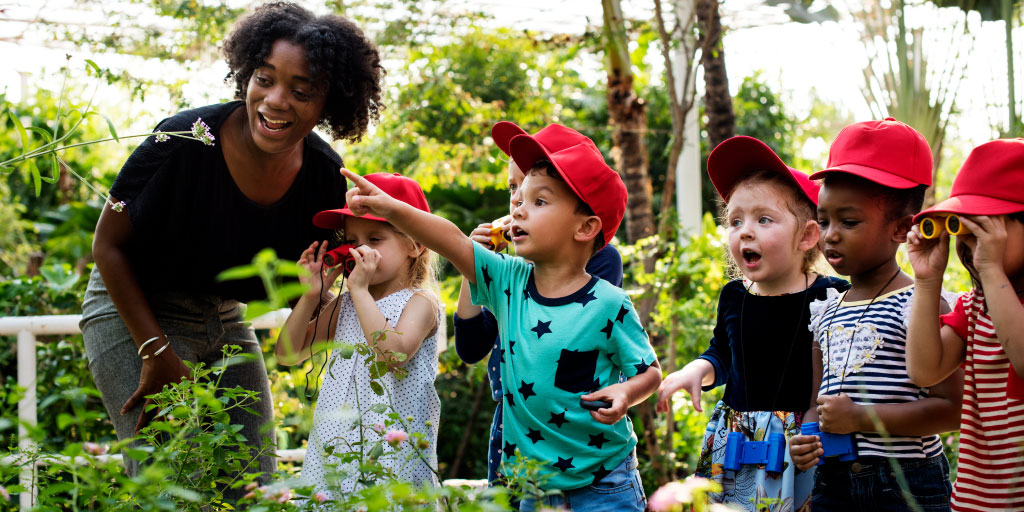Environmental sustainability has been a hot topic since the COP26 in Glasgow this year. The central theme being, that coming to an agreement with so many nations and interests is incredibly difficult. In a school, however, reducing your carbon footprint has so many benefits that it needn’t be difficult at all.
Start here with our top tips for reducing your schools’ carbon footprint.
Do an energy audit
Doing an energy audit of your school is your most important first step. How can you understand how to reduce your schools’ carbon footprint if you don’t know what to reduce? Robert Schrimpff, the chief executive of Solar for Schools argues that often it’s heating and lighting that are the main culprits. Use your schools’ gas and electricity bills to determine what the damage is.
How much is being wasted? How could you make changes? Some schools have automated lights and laptops or have switched to LED lights to reduce energy consumption. What could work for your school? What about using your region’s environmental resources also? Some coastal regions in the UK use power from wind farms or invest in solar panels for added carbon footprint reductions.
Engage your community with sustainable travel options
Eco-friendly travel has the power to suit various objectives. As negotiators learned at COP26, it’s not always possible to motivate people purely for altruistic purposes. Sometimes cutting costs can be the more significant mover for them. That being said, active travel options are eco-friendly and cost-effective. When used consistently they will reduce pollution and wait times around the school. Children who are active throughout the day are statistically more awake, calmer in class and better students.
Consider joining the Modeshift STARS scheme. You can involve your entire community in the measures you create. Encourage families at your school to ditch vehicles for walking, cycling, and scooting. If they’re worried about safety or knowledge of the roads, schools can use their PE premium to invest in new storage for bikes and scooters as well as lessons in road and pavement safety. Fewer cars on the road in the morning rushing to school means a better, less polluted environment for your school. Who wouldn’t want a safer, cleaner journey to school?
Partner with us for a range of options to satisfy the accreditation targets!
Look at the school kitchen practices
Many of you will remember the controversy over school dinners. TV Chef Jamie Oliver showed thousands of parents what their children were eating and how they could do better. He came up with so many alternatives to the common favourites, that it became a nationwide edict to adopt these healthier, cost-effective options. So, when it comes to schools and carbon footprints, we need to think like Jamie Oliver and look at school kitchens.
Catering suppliers for schools are often producing many thousands of tonnes of carbon every year. Hauling ingredients, full dinners, and kitchen materials from one place to another guzzles fuel. Talk to your caterers about their practices and produce suppliers. They can help you understand where their food is coming from and whether changes can be made. You could, for example, invest in a school garden, growing seasonal veg.
Embed sustainability in school curriculums
If you want to become more sustainable then you have to embed the change in education, too. That’s the biggest change but simultaneously the most obvious change a school can make.
Children and adults alike need to understand the significance of sustainability and how it applies to the subjects being taught. You can link it to lots of subjects, English, Geography and even PE. Using games, you can show how global warming can cause instability. For example, using the game, Stick in the Mud, you can have snowmen instead that melt rather than having to be freed.
Eating seasonally can be a great way to get children moving outside in nature. There are, of course, the traditional mini-beast hunts, where children look for and catalogue the insects they see. The best way, however, is to have a school garden. School gardens help children understand the value of carbon capture in plants and the simple pleasure of gardening.
Education has a far-reaching impact. Getting children excited about sustainability can help you reduce their footprint at home, too.
Match the short-term with long-term
Short-term options are all those you can start with right now. Automatic turn-offs for laptops, reduction in printing and discouraging single-use plastics. Long-term options take much more work and far more of a commitment.
If you’re going to reduce your carbon footprint, these measures have got to be those that you can dedicate time and resources to. You have to demonstrate that in every part of your practice, whether it’s turning off lights or buying solar panels that energy-efficiency is your goal.



